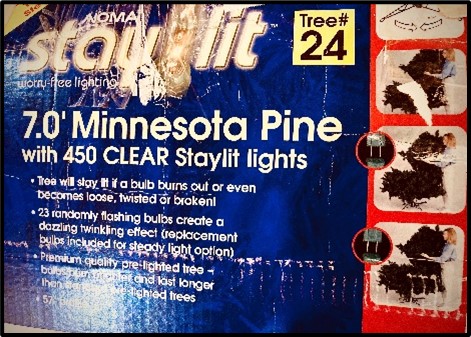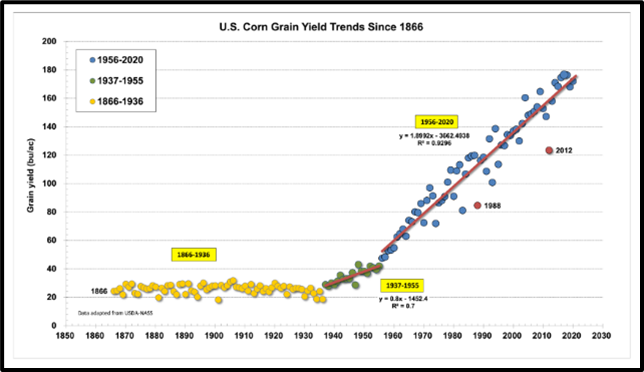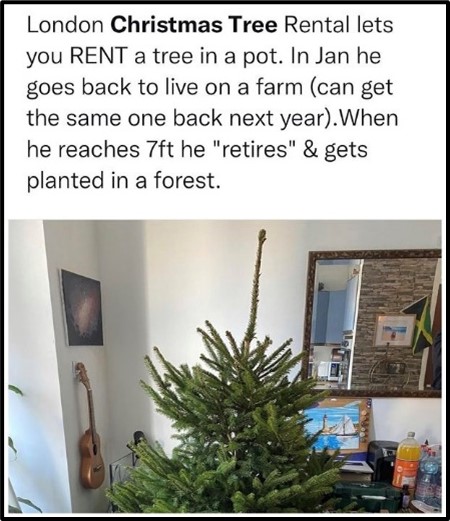
Christmas confession: Twenty-some years ago, my family purchased an artificial Christmas tree. Don’t judge! Back then, the real versus fake tree debate was ongoing.
That debate is over. Real trees are better. Pulling it from the tattered box now, I wince a little.
My “Stay-lit worry-free 7.0-foot Minnesota Pine with 450 clear lights” was produced in a far-away city with a Chinese name I cannot pronounce. Its wire branches are covered in green-colored petroleum-based plastic needles. A bunch of the lights don’t work. Despite the claims, it’s never been worry-free. It’s always been ugly.
Yeah, this yuletide ritual has become sort of a penance of regret for me. For years the plastic tree has been shedding little bits of green almost like a real pine. But I suppose I’ve kept it hoping years of use will eventually reduce its carbon lifecycle.
Real Plants
Real plants and trees “sequester” carbon as they grow. Production of fake trees releases fossil carbon that’s been locked underground as petroleum for millions of years. Real Christmas trees are planted as crops and grown in a cycle, allowing the harvested mature pines, spruce and fir to arrive to us in November each year.
Doesn’t this sound exactly like the renewable fuel concept?
Corn plants, just like real trees, sequester carbon. Pulling carbon from the atmosphere, they produce oxygen while in their billions-of-years-old photosynthesis cycle of life. Like my fake Christmas tree, petroleum-based fuels might have served us well—before we knew better. But we’ve come to understand their cost to air quality, human health, and Earth’s climate.
The renewable ethanol inside E10, unleaded 88 E15 and E85 and flex fuels reduces lifecycle emissions of our driving. The carbon in the ethanol was pulled out of the air by the corn as it grows. Carbon released during its use is re-absorbed in future growing cycles.

Continuous Improvement
Modern corn farming and ethanol production are big parts of the improvement. Purdue University reports U.S. corn yields have trended steadily upward since the 1930s. Better practices, seed technologies and uses of inputs continue to lead to higher yields. Where will it end? These folks have ideas!
Similarly, modern biofuel production is not grand pappy’s moonshine still. The 200 U.S. biorefineries churn out more than 15 billion gallons each year. In 2016, U.S. Department of Agriculture researchers concluded ethanol energy balance is better than two units of energy for each inputted unit. The best example? An Iowa plant achieved an impressive 4:1 energy balance of production of usable energy converted from fossil fuel energy.

Back to Christmas Trees
In rural places, used Christmas trees are often used as bird and wildlife cover, where they’ll decompose like “wild” trees. Larger communities now have curbside collection in which trees avoid landfills by getting converted to mulch.
If you’re ever looking for a “renewable” tree, Minnesota Grown’s Christmas Tree Farms Directory may help.
Meanwhile in the United Kingdom, farmers have begun renting potted Christmas trees. After the holidays, they’re collected and replanted. It’s a creatively “renewable” solution that might just become a new tradition.
